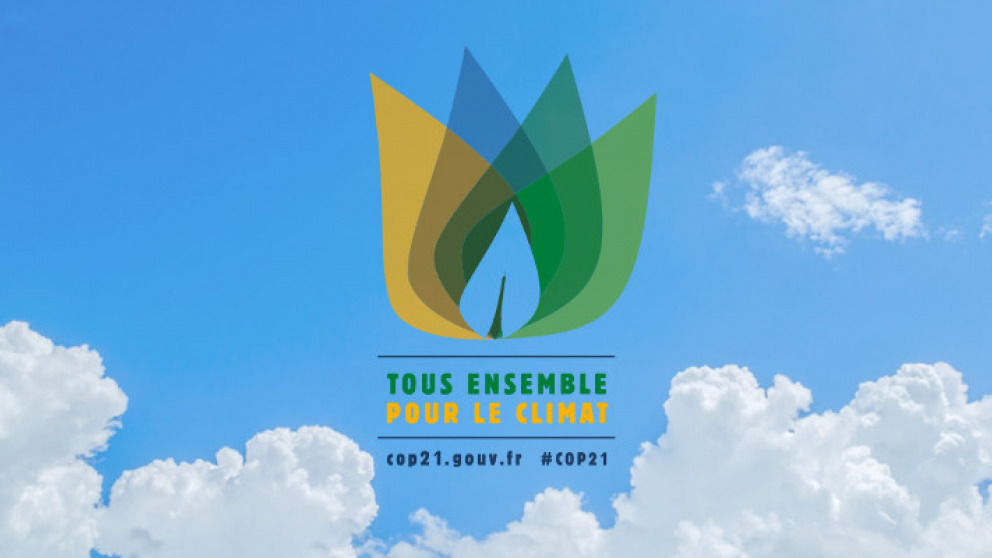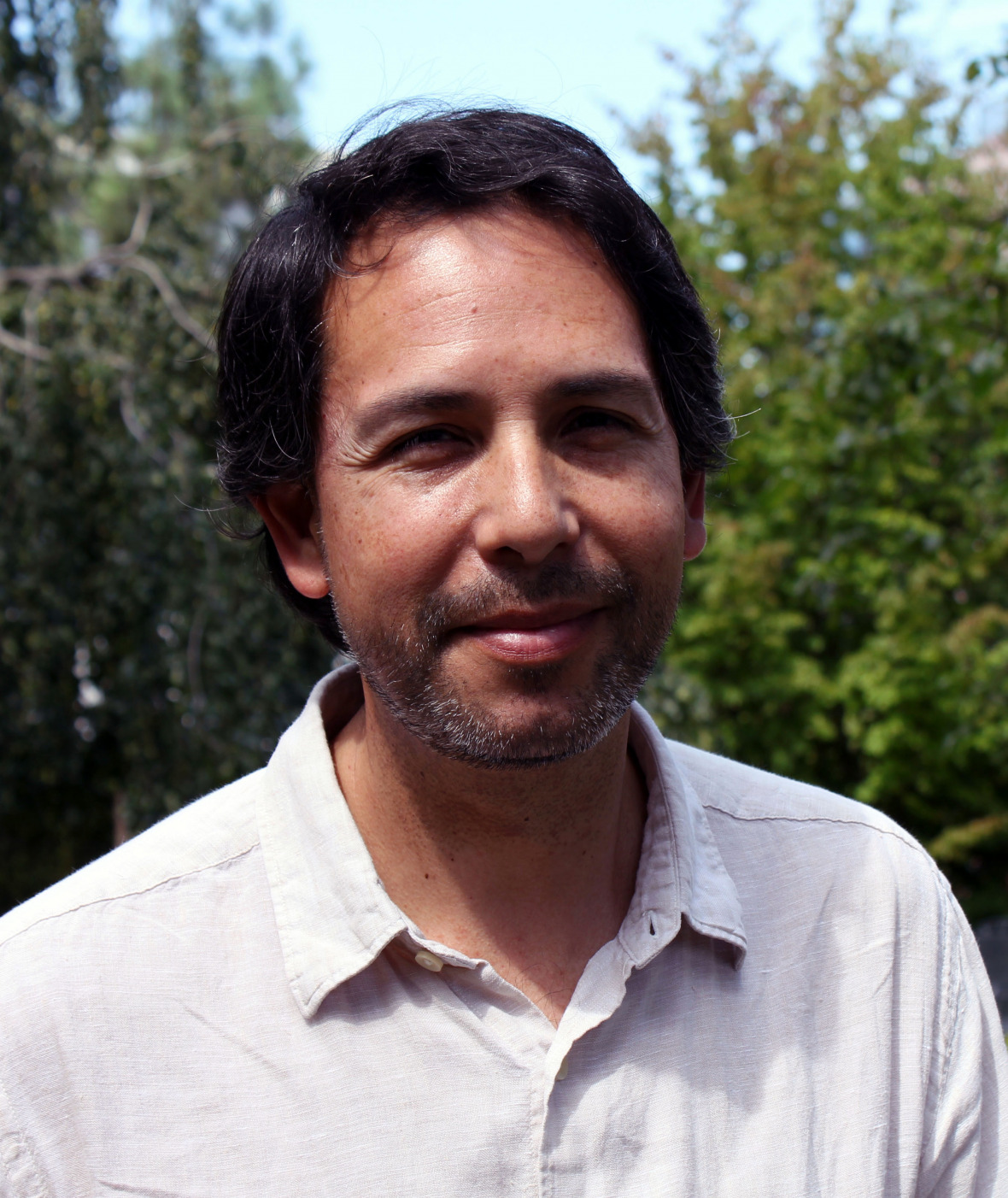Headline:
The UN Climate Change Conference in Paris: Q&A with Rómulo Acurio Traverso

Rómulo Fernando Acurio Traverso is the Deputy Representative of Peru for Climate Change. In this function, he played a central role in the previous United Nations Framework Convention on Climate Change (UNFCCC) conferences and is currently preparing the 21st Conference of the Parties (COP21) in Paris this year, where 96 countries will come together to seek a deal to limit emissions to less than 2˚C above pre-industrial levels. I recently had the chance to speak with him about the chances of producing an agreement.

What are your expectations for the Paris COP?
I expect the Paris COP to reach a universal agreement that is at the same time fair, transformative and inclusive. These three things are still possible. Fairness is possible by striking a sound balance between self-determination of national targets, flexibility for developing countries, and unified rules for implementation, which will imply a renewed application of the principle of common but differentiated responsibilities. Transformation is possible through a collective, long-term goal towards decarbonisation, commitments to periodically update and upgrade national efforts to mitigate and adapt, and the establishment of a facilitative mechanism to increase ambition, cooperation and support over time in order to launch a new era of low-carbon growth for sustainable development. Finally, inclusiveness is also possible and necessary through a new partnership between all constituencies: states, sub-national entities, companies and civil society organisations; I really think that the Paris outcome can launch an inclusive action alliance around the world.
Having said that, we need to manage our expectations this year. Most probably, the sum of national emission reductions to be announced this year will not be enough to ensure that we do not go beyond the 2-degree limit. This is why we should look at Paris not as an end in itself, but rather as the starting point for international action. We should look at Paris not as a conclusive deal, but rather as a framework for subsequent commitments. The Paris agreement should be seen as an unprecedented enabler and organiser of universal climate action.
What are the crucial issues for reaching an agreement?
The crucial issues are well known. They include the legal nature of the agreement; the possibility of new long-term goals for the reduction of GHG emissions and global resilience; the content and universality of mitigation commitments; the mainstreaming of adaptation action into development policies; the treatment of the issues of loss and damage; and the effective transfer of climate technology in key areas, such as energy, transport and industry.
In this context, the centrality of the issue of transparency cannot be understated. Indeed, a system of self-determined national contributions will only work if it is accompanied by reliable, common rules for accounting, reporting and verification. To be credible and effective, these rules will need to be negotiated with great care, taking into consideration the existing, differentiated review schemes and allowing for sufficient flexibility and incentives for developing countries to participate fully. This is certainly one of most arduous challenges of the negotiations at this stage.
Another central challenge is, of course, climate finance. Here, several strong signals and compromises are necessary before Paris. Developed countries and international financial institutions need to show a credible trajectory for reaching the mobilisation of 100 billion U.S. dollars per year by 2020. The Green Climate Fund needs to demonstrate soon that it can efficiently disburse resources to specific projects in developing countries. And the private sector must pursue its transition towards climate-friendly investments and divestments from fossil fuels. On top of that, in the negotiations, parties need to agree on the nature and frequency of future financial commitments; on the role of South-South complementary support; and on provisions to reinforce the current monitoring and review framework for financial pledges by developed countries among other things.
This sounds like a super complex web of climate governance, but does it deliver on the ground, in Peru for example?
We are witnessing a broad and powerful transition in climate governance, at both domestic and global levels. Even before it is adopted, the Paris agreement is already fostering transformation. Indeed, the preparation of intended nationally determined contributions (INDCs) has imposed a healthy competition among developed nations. For the first time, it has also created the political obligation in many developing countries to consult and determine specific targets for emission reduction and adaptation measures. By itself, this process is already creating institutional, macro-economic and social incentives for domestic climate governance around the world. A successful Paris agreement can only consolidate this evolution by providing legal force for states, economic predictability for the domestic markets, and a structure for enhanced international cooperation and support.
Take the case of Peru. Our energy sector requires policies and incentives to transition gradually towards cleaner and more profitable models. Our cities urgently need investment for sustainable infrastructure and transportation. Our agricultural sector faces the complex challenge of responsibly utilising our vast natural resources, in particular in the Amazon. In each case, to find the right balance between sustainability and competitiveness, we need forceful public policies and confident markets. Peru is banking on the likelihood that a strong Paris agreement will have a transformative effect on both the legal and material capabilities of government and on the enabling environments for sustainable private investments and business models in key sectors.
